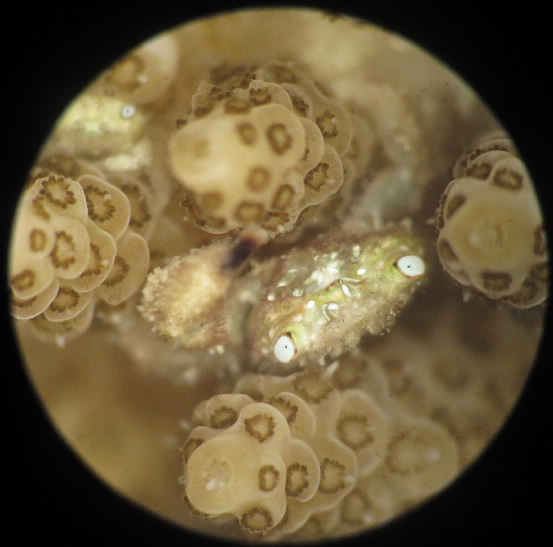We as aquarists have always believed that coral crabs are mostly positive in their interactions with stony corals. The colorful smooth shelled ones are pretty and probably keep Tegastes and acro eating flatworms at bay, and we know that they can also reduce the impacts of those stupid, pesky vermetid snails. However when it comes to the hairy brown “Gorilla Crabs” as they are sometimes called, we like to spear, crush, remove and otherwise “off” these little beasties as soon as we spot them in our acros.
Funny thing is it turns out these coral-eating crabs can actually do a lot of good on the reef when slowly receding diseases are concerned. Joseph Pollock, from James Cook University’s School of Marine and Tropical Biology and the Australian Institute of Marine Science has been studying white band diseases on the Great Barrier Reef for some time now and has made an unlikely positive connection between the disease and furry coral crabs.
We know these furry/gorilla crabs to be coral eaters, snacking opportunistically on coral tissue and most LFS will screen their newly imported coral colonies for these guys when they get them. The ironic part is that although the furry coral crab wreaks havoc on a small aquarium scale, it apparently protects corals on the large reef scale.
Something about the ailing coral colony seems to attract the fuzzy coral crabs and they feast on the sloughing coral tissue. While this opportunistic behavior doesn’t seem like good news, the consumption of the dying coral flesh seems to slow and sometimes stop the spread of white band disease. It is fascinating to learn that on the micro scale the predatory behavior of coral crabs like Cymo melanodactylus are harmful but at the large ecosystem scale their efforts amount to surgical grazing, removing disease flesh to make an overall healthier colony.




